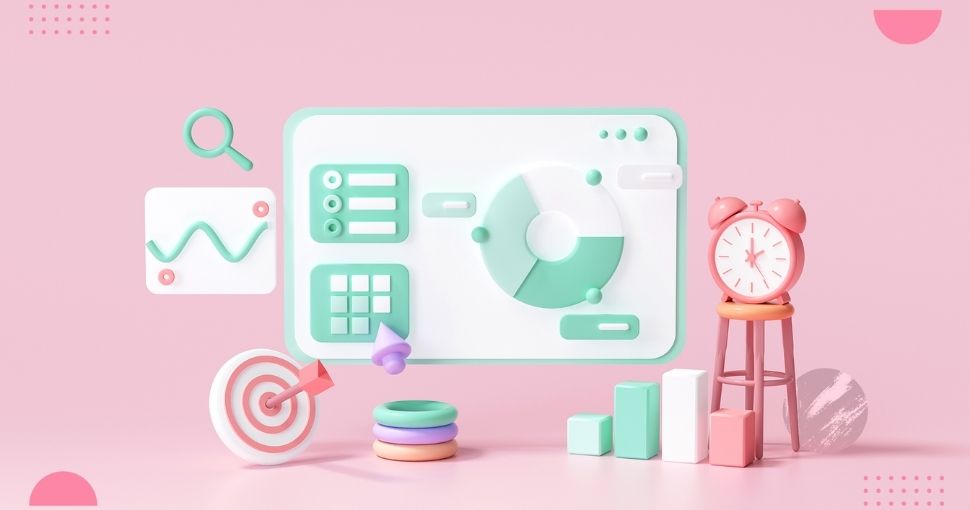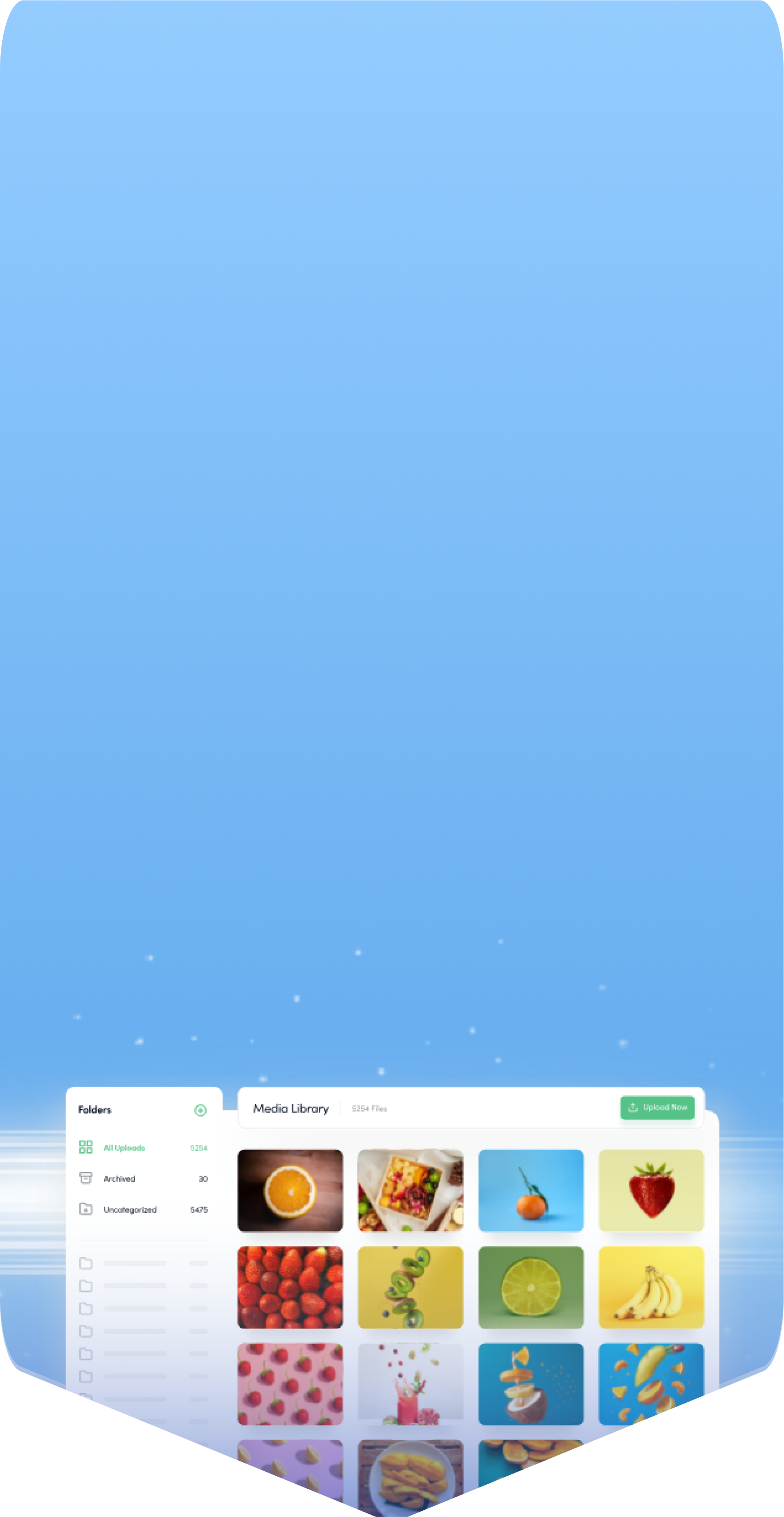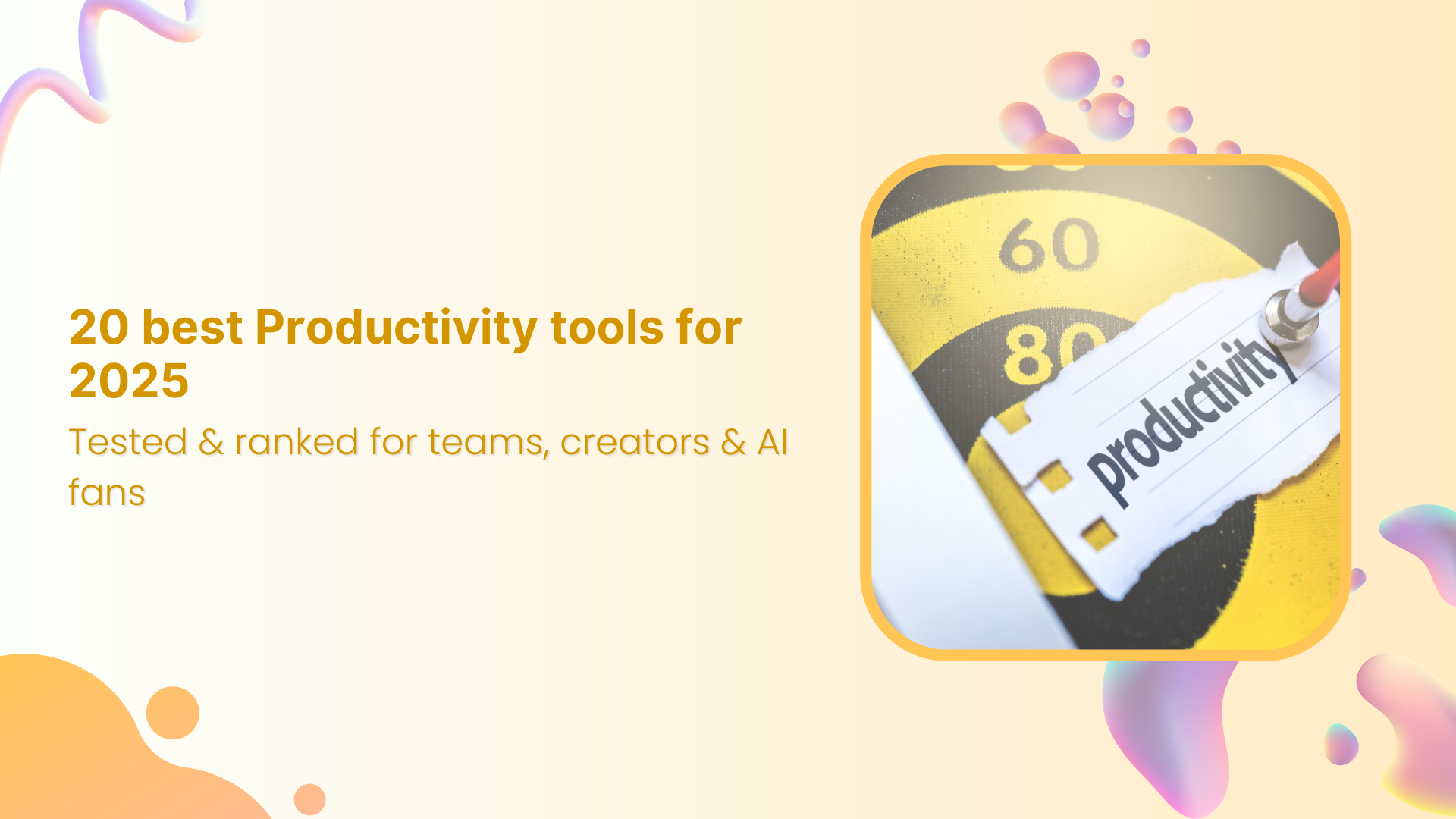Bulk-generate & schedule posts in seconds with Smart Scheduling. Try now!
8-Step Marketing Client Onboarding Process For Agencies

It’s a normal day at work, and you are enjoying a hot coffee. A notification from your marketing team catches your eye, a client is hooked on your line. The catch is a promising one, but the real game has just begun.
Just like catching a fish on your line doesn’t guarantee a catch, getting a client interested in your product or service doesn’t guarantee their purchase. To catch a fish you must Reel it in, and to get a client to make a purchase, you must go through the marketing client onboarding checklist
This process ensures that both you and your client become familiar with each other to achieve each other’s goals. Let us get a better understanding of this process.
Defining Marketing Client Onboarding (MCO) Process:
Have you ever traveled on a cruise ship? Or a plane? There is an onboarding process that the crew initiates after all the passengers are boarded. For instance, on an airplane, when the plane goes to a taxi the air hostesses start a presentation that educates travelers on communication & safety protocols, the time of arrival at the destination, and any layovers if planned.
Likewise, the Client Onboarding process involves welcoming your client, learning what you need to know about them, and preparing them for your service or product.
It helps build the first impression, and this blog will make sure it counts.
Why prefer Customer Relationship Management (CRM) tools over spreadsheets?
If you are just starting as an agency, you probably will be looking to reduce expenses as much as possible. To that end, using Excel might be a handful, but it works and is free. Over the years, people have found various ways and tricks to make proper use of Excel as a CRM tool. Try this guide from Nethunt or this one from close.com.
But, it is evident that using a CRM tool is such a relief. With time, the data you collect can become a lot, and thus, hard to manage. CRM tools make this so much easier:
-
-
-
- Your information is in one place instead of different sheets
- Your history with each contact is stored in an interactive, easy-to-read, chronological order
- Auto reminders for events, meetings, or deadlines
- Promotes team collaboration and progress tracking
- Automated backups to keep your data safe and secured
- Advanced reporting
- Survey and questionnaire making tools
- Third-party software integrations
- Future tools to make life easier
- Automation features for certain aspects
-
-
So yeah, if you have a lot of data to manage, you need to switch to a CRM tool. Otherwise, things will just get harder and harder to deal with in the future.
Related Read: Social Media Recruiting: How to Hire the Best Talent for Your Agency
8 Step Marketing Client Onboarding Process [+Tips from Experts]
Let’s get to the catch, I mean the fish. Wait, sorry, the MCO process

1. Add Client to your CRM
The first step is to add your clients’ information to your spreadsheet or the CRM tool you are using. All the information your marketing team has collected during the first contact should be added, and further down this process, you will be updating this information to keep a nice track record of your client. This will be especially important when creating reports.
Related Read: How to Find Social Media Clients for Your Agency
2. Prepare a team for your Client
Unless you are going solo, you must assign a team to your client’s account. Now, depending on the scale of your work, this can mean a sizable group or a selected few, but they have to be skilled enough to handle your client’s questions and concerns.

The two most important team members you must include and be selective about are Account managers and outsourcing technical support.
a. Account Manager
This member will ensure that your client’s accounts are in order, and should your client need any changes they can handle it instantly for them. This is much more important when the client is a corporate giant or your agency is just starting as you would want your service to be top-notch.
b. Technical Support
This member will ensure that your client’s apps and tools are working properly. If there are any technical problems, your technician should be experienced enough to be able to address them right away. You want your client to have as smooth an operation as possible, again, especially if the client is a corporate giant or your agency is at its starting stages.
Make sure your team members are well informed of your client’s profile.
Also Read: How To Write A Client Winning Social Media Proposal
3. Onboarding Questionnaires
The more you know about your client, the better and more on-point your service is. A questionnaire is crucial for you to learn all there is to know about your client. These can be your clients’ goals, practices, methods, niche, company guidelines, things to avoid, and so on. You may need to send several copies of your questionnaire to other stakeholders in your client’s organization or project if applicable.

There are various ways for you to conduct this questionnaire, but it comes down to either face-to-face conversations or documented surveys. Sometimes clients may request to take your questionnaire via calls, video calls, or in-person meetings.
In such cases make sure to note down the answers as accurately as possible, as asking your client to repeat their answers more than once might make them view you as lacking experience. You can also ask for their permission to record the session if it makes things easier. In our experience, clients have not shown reluctance to this option.
A common approach to these questionnaires is via form surveys. If you are using a CRM tool then you should have access to an in-built survey tool that you can fill out. After your client has answered your questions the tool will automatically synchronize the data to your client’s account, saving you a lot of time.
If you don’t use a CRM tool, then there are many free Form creating options online such as Google Forms or SoGoSurvey to create a professional-looking survey for your clients. You can also explore specialized onboarding tools designed specifically for gathering and organizing client information more efficiently during this stage.
Questions you should be asking
Questions such as the following should be in your questionnaire if they are relevant:
-
-
-
- Please provide any Documents and in-depth details of your products or services
- Are you open to using the following tools that we currently use to manage our client’s accounts?
- Are there any marketing tools that you currently use? Can you provide us with its login credentials? Please state them down below
- What marketing goals have you set for yourself? Please write them in order of importance or rank them with a number (1 being the most important)
- What are your biggest marketing challenges?
- Who is your target audience? Please elaborate as much as possible
- What is your current marketing strategy? What do you like and dislike about it?
- Could you share any marketing initiatives that have proven to be successful for you in the past or present?
- Are you using any SMM (Social Media Management) tools? Please provide its login details
- Who are your top Competitors?
- Who are your partners?
- Does your brand support any non-profit Organisations?
- What are your current preferred means of communication?
- Please provide the names, contact information, and roles of your team members that will be working with us
- Who will be your primary contact
- Please share your sales history with us in the past…
- What are the guidelines that your brand follows
- What are your hobbies and interests
-
-
Pro tips for client onboarding questionnaires
-
-
-
- Try to build a personal relationship with your client by asking some personal questions. But be careful not to tread any boundaries
- Collect and Store any assets your client has or their brand has so that your team knows what your client likes, what they use, color palettes, tone guides, and so on. These can be graphics, icons, logos, presentation templates, etc. Make sure both your team and your client has easy access to this database
- You can also offer to give your client a detailed report of the feedback on the Questionnaire to add a little shine to your image.
-
-
4. Prepare accounts for your Client
You should already have a set of tools used to manage clients’ accounts. Therefore, the account manager you assigned to your client should do the following:
-
-
-
- Provide your client with access to the tools you use relevant to their account
- Give a presentation to your client explaining the tools function and how it will be used
- Help documents or Training manuals if needed
-
-
The following tools and their uses are some examples that you might want to get your client acquainted with:
-
-
-
- ContentStudio for managing your Social Media Channels and Content Marketing
- Bynder, Brandfolder, Imagekit or Canto for your Digital Asset Management
- Google Workspace or Microsoft Teams for communications with your client
- Confluence for communication among your team
- Asana or monday.com to manage projects
-
-
And so on. Whatever tool you use, make sure your client understands what it can do and how they can use it as well.

Discover Relevant, Trending And Engaging Content
Monitor content by keywords, topics or sources of your interest. Curate content that drives engagement on all of your channels.
14 days free trial - no credit card required5. Welcome package
Another vital part of the MCO process. “The welcome packet is their first experience to your services/product — it is crucial to nail this because their perception of your company will be a direct result of what they have gone through initially,” says Michael Dale, Co-Founder at VOLT Agency.
The welcome package shows your level of expertise and quality. If it comes off as dull or boring your client will see it as an example of what is to come, this may set them off and push them to go back on their decision.
As Michael puts it, “Make it fun, make it easy, and make them feel like they’ve done something incredible. Employee onboarding and offboarding software should transform the experience from a dull onboarding task into an exciting start of something great! This can be done by continuing to remind the client of the outcome they will expect from working with you.”
A preferred method is to make artistic and informative pdf documents and compile them into your own branded pdf packet. This will show your client the effort you are willing to put into every little detail and make them more inclined to establish a strong relationship with you.
Contents of the Welcome packet
Some key points to include in your welcome package are as follows:
-
-
- Welcome message
- Introduction to your team, their roles/responsibilities, contact info, etc.
- Information and function of the tools you will be use to manage your client’s account and projects
- Brief your client of the services you will be providing them as per the contract, plan, deal, etc.
- Brief the clients of the tools that will be used for this project/contract
- Share the short-term and long-term goals or milestones you will be striving to achieve for your client based on the information you gathered from your questionnaire
- An overview of the timeline for your clients’ project showing different phases, meetings, and tasks. Make sure this overview is informatively summarised or projected so that your client does not get bombarded with information or left in the dark.
- Share your meeting schedules with the client so that they can make changes or note them down as reminders. If you have not discussed this with your client make sure you do so before sending your welcoming package, possibly during the questionnaire.
- Highlight clear expectations from both yourself and your client for this project or contract. This is important to ensure both parties work effectively with each other to avoid delays or miscommunications
- Indicate any pending information or items that your team or your client has yet to provide.
-
You can also send a welcome package via email or SMS, but since creating pdf documents and compiling them into pdf packages is free, instant, and it is preferred. You can make it even more personal and make it a printout, then mail it to your client. For example, check out Ogilvy & Mathers welcome package.

6. Set a Commencement Meeting with the client
Now you are ready to launch. But first, a necessary Commencement Meeting you must conduct with your client. There are several reasons for this:
a. If there are any further questions such as questions you want to ask based on the questionnaire, you need to ask them during this meeting
b. Introduce the team members and any other members that are directly involved
c. Go through the expectations you set out in the welcome package if the client has any objections
d. If your client has any questions on the welcome package such as queries on the goals, schedule, or timeline.
Tips for the Commencement Meeting
-
-
-
- Check that all accounts and tools are in a proper working state for your client
- Check all documentation for the meeting and ensure they are organized in order
- Check that all involved team members are properly briefed on your clients’ portfolio
- Do a quick strategy session with your team members for the meeting, listen to their inputs, and prepare a meeting plan
- Do a mock Commencement meeting based on your final plan
- Make sure both you and your client have confirmed the meeting to ensure the process goes smoothly without any interruptions
-
-
7. A perfect end to a perfect Onboarding process
Technically the MCO process ends here, but why not go the extra mile to strengthen the bond with your client and create a strong loyalty between each other?
What should you do?
-
-
- Send your client a nice gift basket. If you want to make it edible, then stick to muffins or a confectionary that is pleasant but doesn’t make a mess.
- Send your client a personal gift. It can be anything based on the information you collected or may have heard during a conversation with them. It shows that you care and listen to your clients
- Hand-written notes may seem simple but can go a long way to please someone. So try adding a few from yourself and any team members that are involved along with the gifts.
- Branded apparel, if you have them
-
Many people take these little steps lightly. Creating a strong bond with your client can prove extremely beneficial in the long run. Many clients have stuck to their agencies through thick and thin due to a strong relationship.

Build Trust with Curated Content
Discover, brand, and share the best content with your audience. Establish yourself as an authority and turn leads into loyal customers.
14 days free trial - no credit card required8. Pre-plan for future onboarding
Do you know which chess players reach the top leagues? The ones who can think and prepare far ahead into the future. Great businessmen are also those who can think far ahead and prepare for it.
The information you collect during the MCO process is not limited just to this process. You will be utilizing this information later on in future meetings, discussions, changes, and deliverables. This next step is to prep for future endeavors. Make sure you and your client have your schedules synchronized according to the final decision made during the Commencement Meeting. Stay in touch with your client, communication is vital to the success of any project.
Also, do ask your client to give their feedback on your MCO process. Make changes where necessary, and sculpt your MCO process to be one of a kind.
What makes the Client Onboarding process perfect?
That sums it up for us. This information has been set in a way to help you create an onboarding workflow to fit your organization’s needs. Over time, you will have enough experience and knowledge to make changes and add new things to this process to have your own branded Marketing Client Onboarding Process. Have you ticked all of these off your onboarding checklist for your clients?
Do you have any concerns or issues? Did we miss anything? Please share your thoughts and inputs with us down below.
Recommended for you


Powerful social media management software
14-day free trial - No credit card required.



